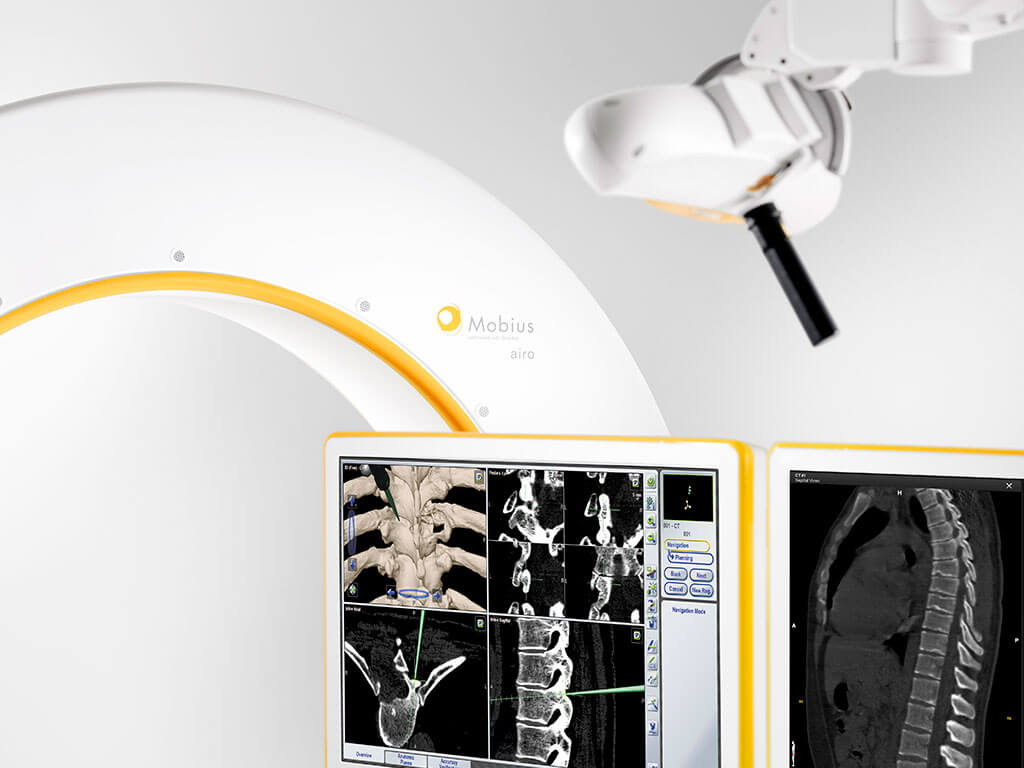

sagittal images: sagittal aligned through the center of the vertebral bodies and spinal processes.usually non-contrast, optionally with contrast.reconstruction algorithm: bone, soft tissue.slice thickness: ≤0.625 mm, interval: ≤0.5 mm.field of view (FOV): 120-200 mm (should be adjusted to increase in-plane resolution).might vary with regard to the clinical question.as suggested by the automated current adjustment mode.The purpose of a CT in the setting of interventions is image guidance and in this setting, the scan extent will be reduced to the segment of the intervention 3-5. with the spinal instability neoplastic score (SINS). In the setting of vertebral metastasis or spinal tumors, CT can help in the evaluation of the fracture risk e.g.

The evaluation of the spinal canal and the intervertebral foramina is another important objective of spinal imaging in general. The purpose of a CT of the lumbar spine in the setting of a traumatic injury is the timely diagnosis and classification or exclusion of lumbar spine fractures and/or discoligamentous injuries. CT myelography (if MRI is contraindicated or metallic implants are present).spondylodiscitis or inflammatory arthritis.spinal tumors and/or vertebral metastasis.lumbar spine implants and complications.Typical indications include the following 1-5:


 0 kommentar(er)
0 kommentar(er)
